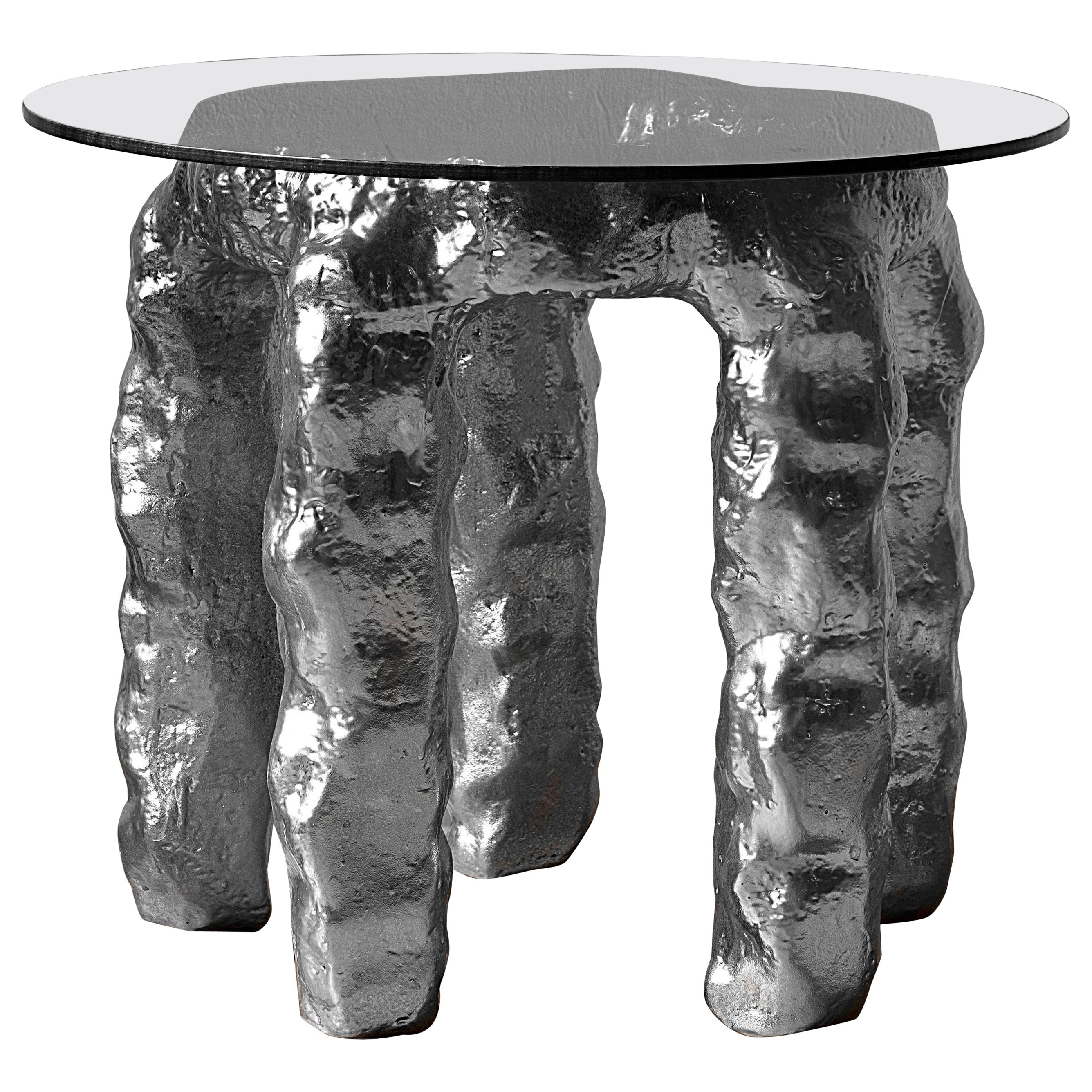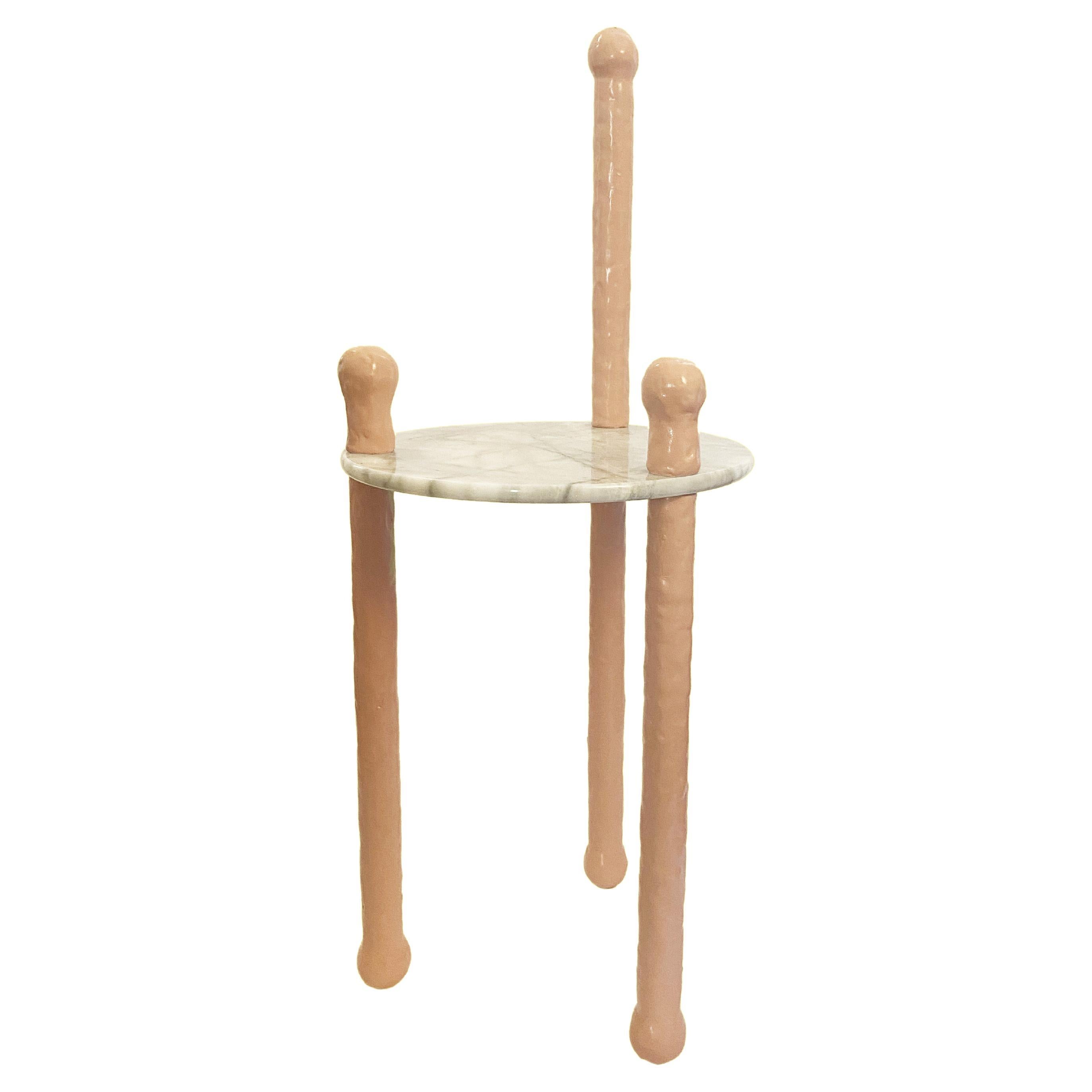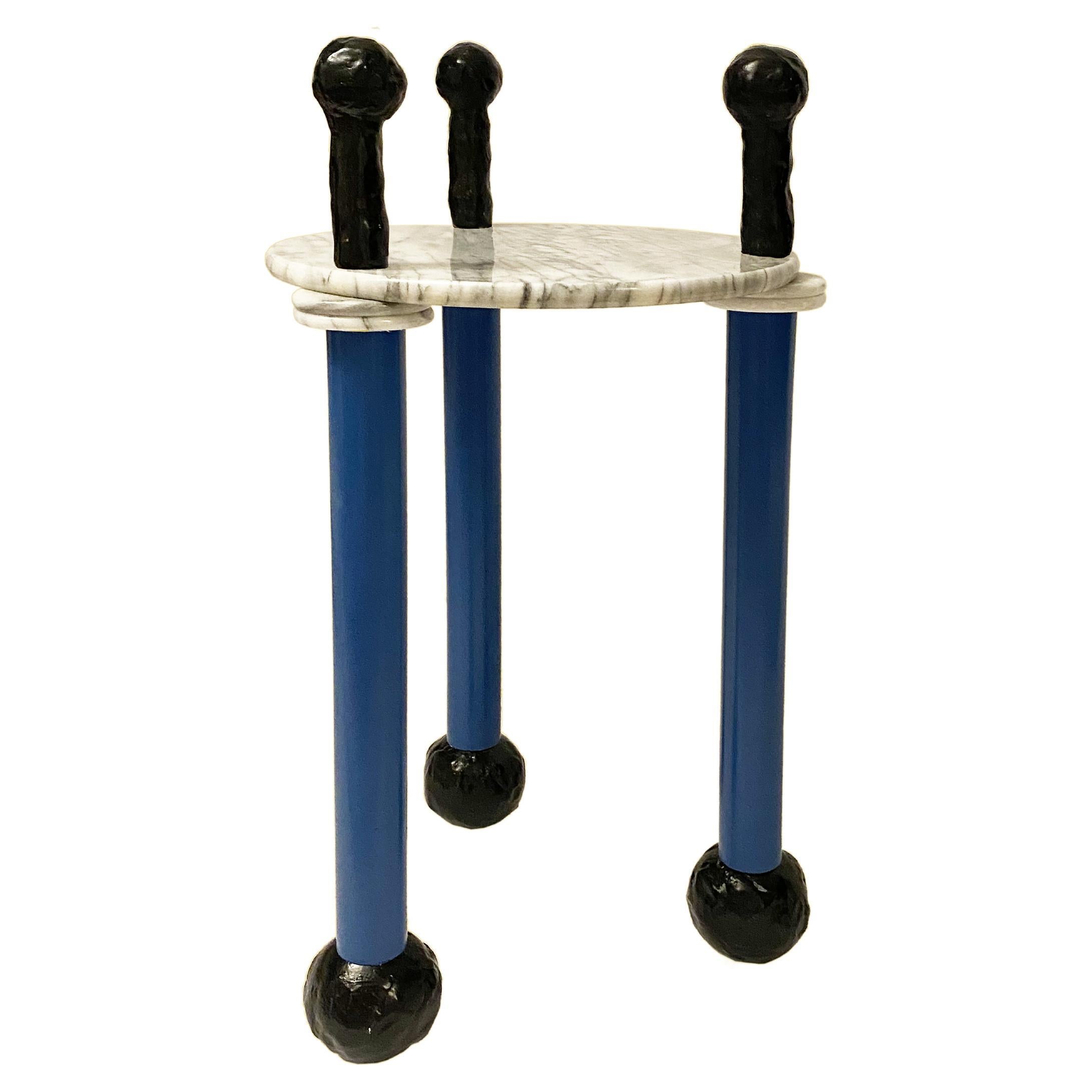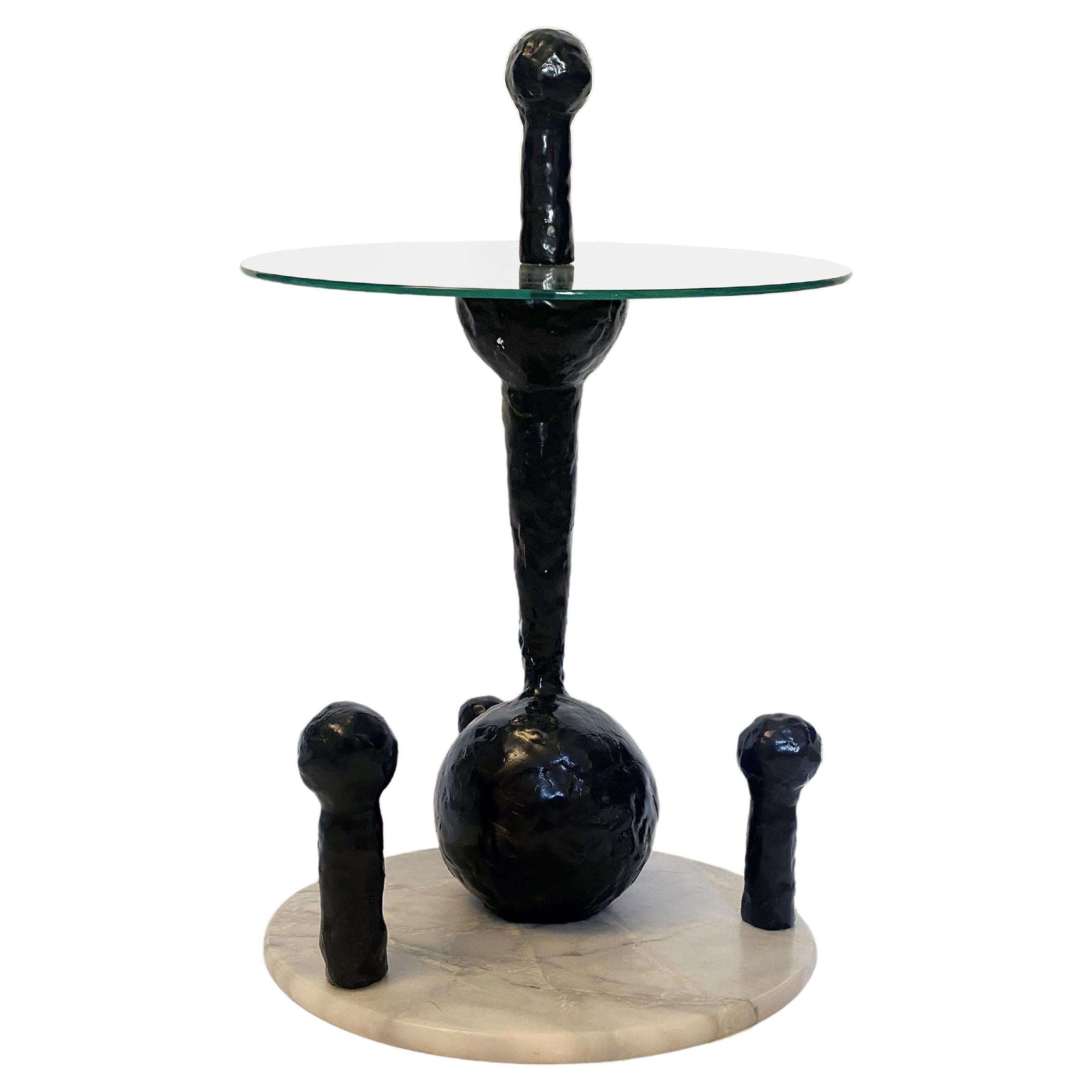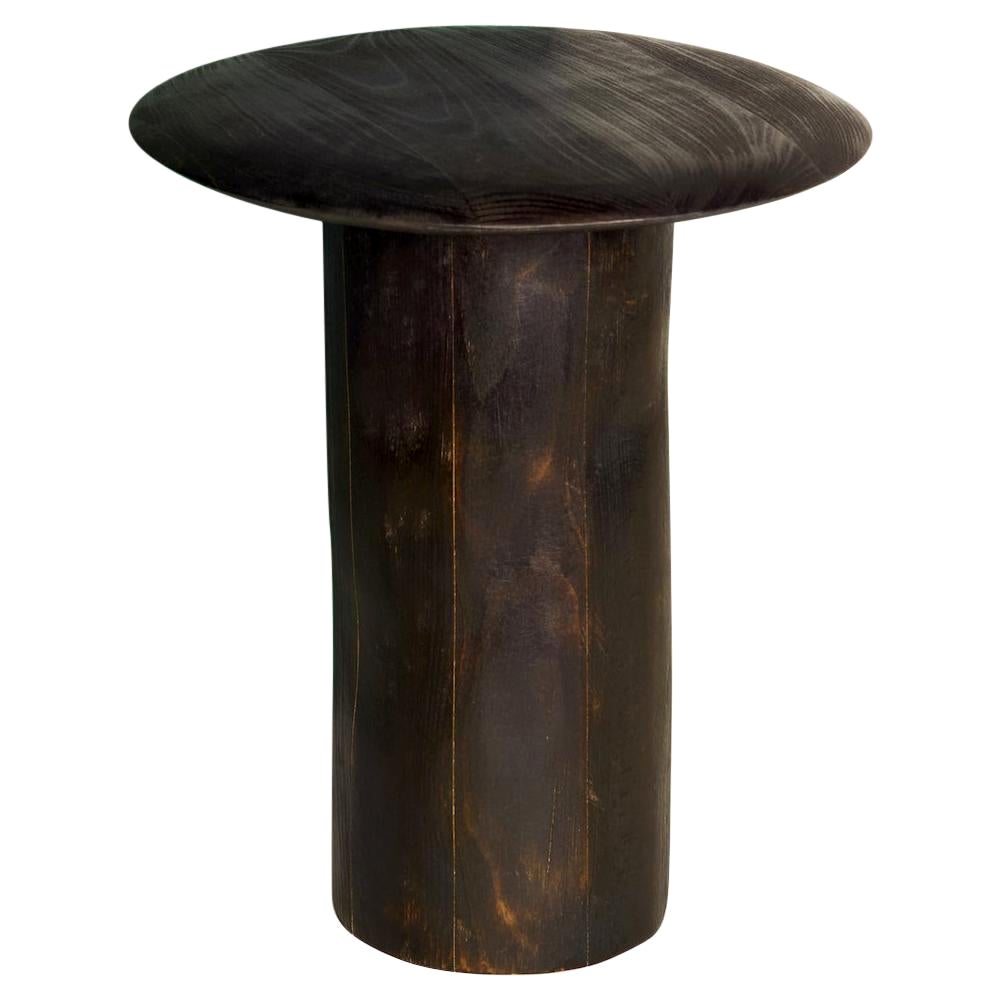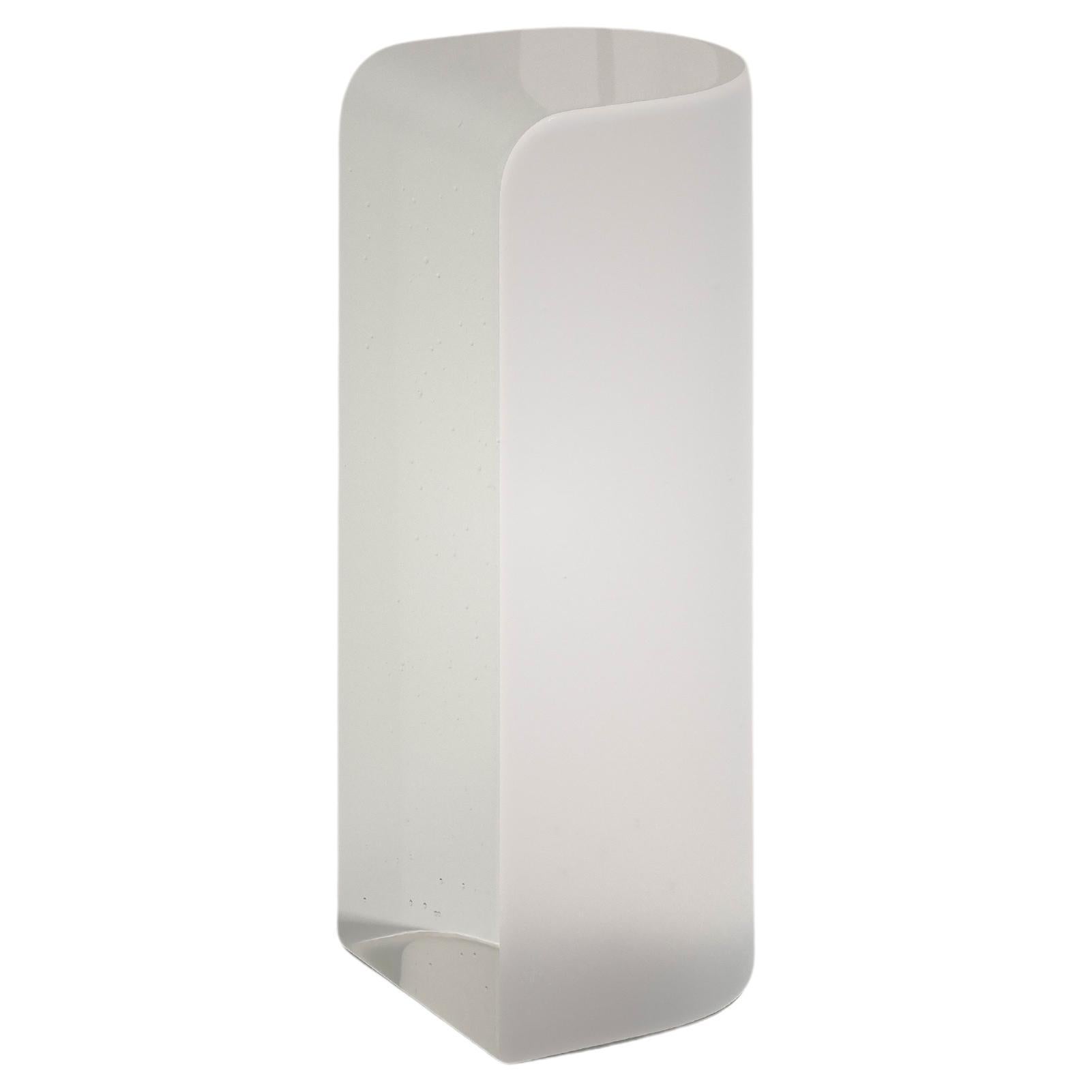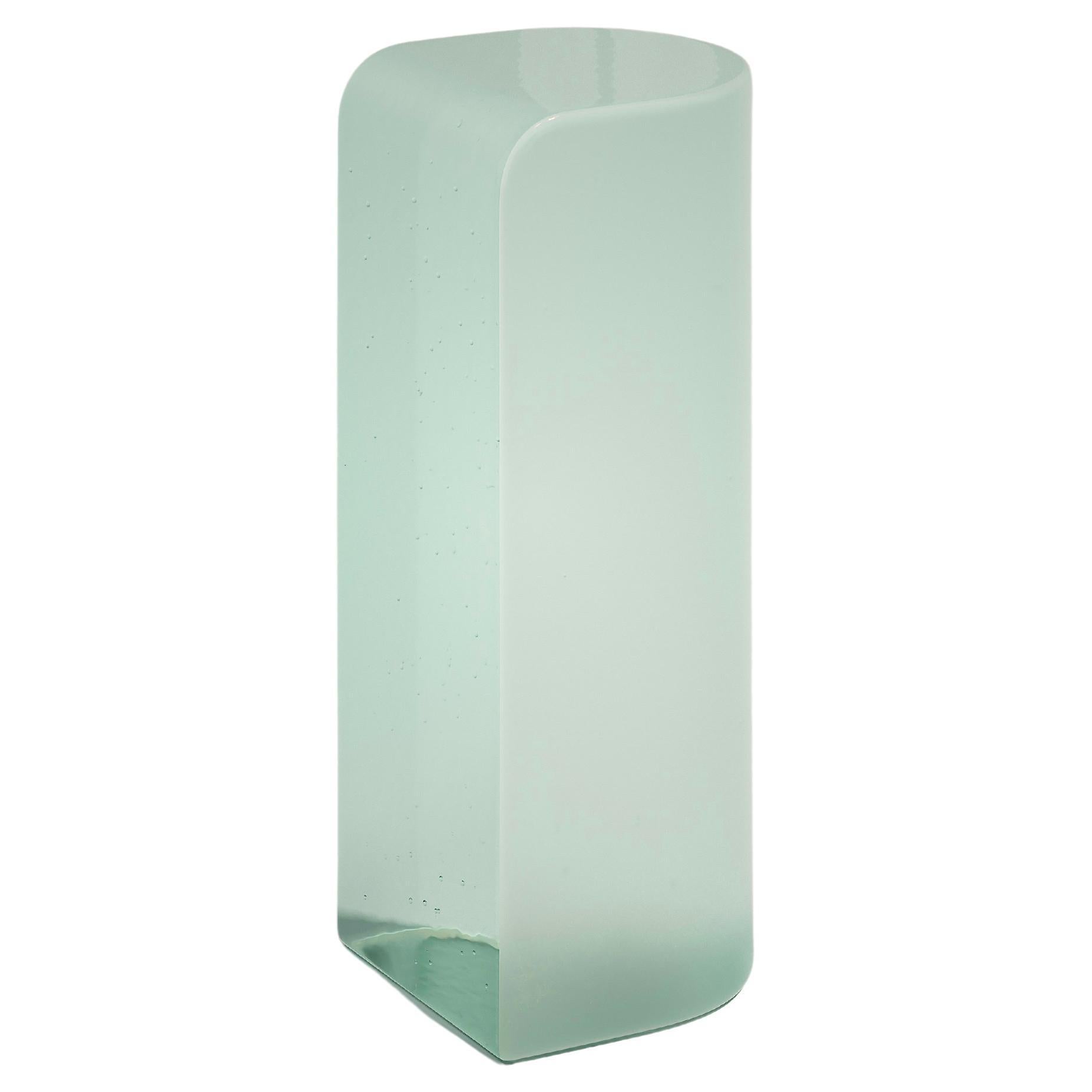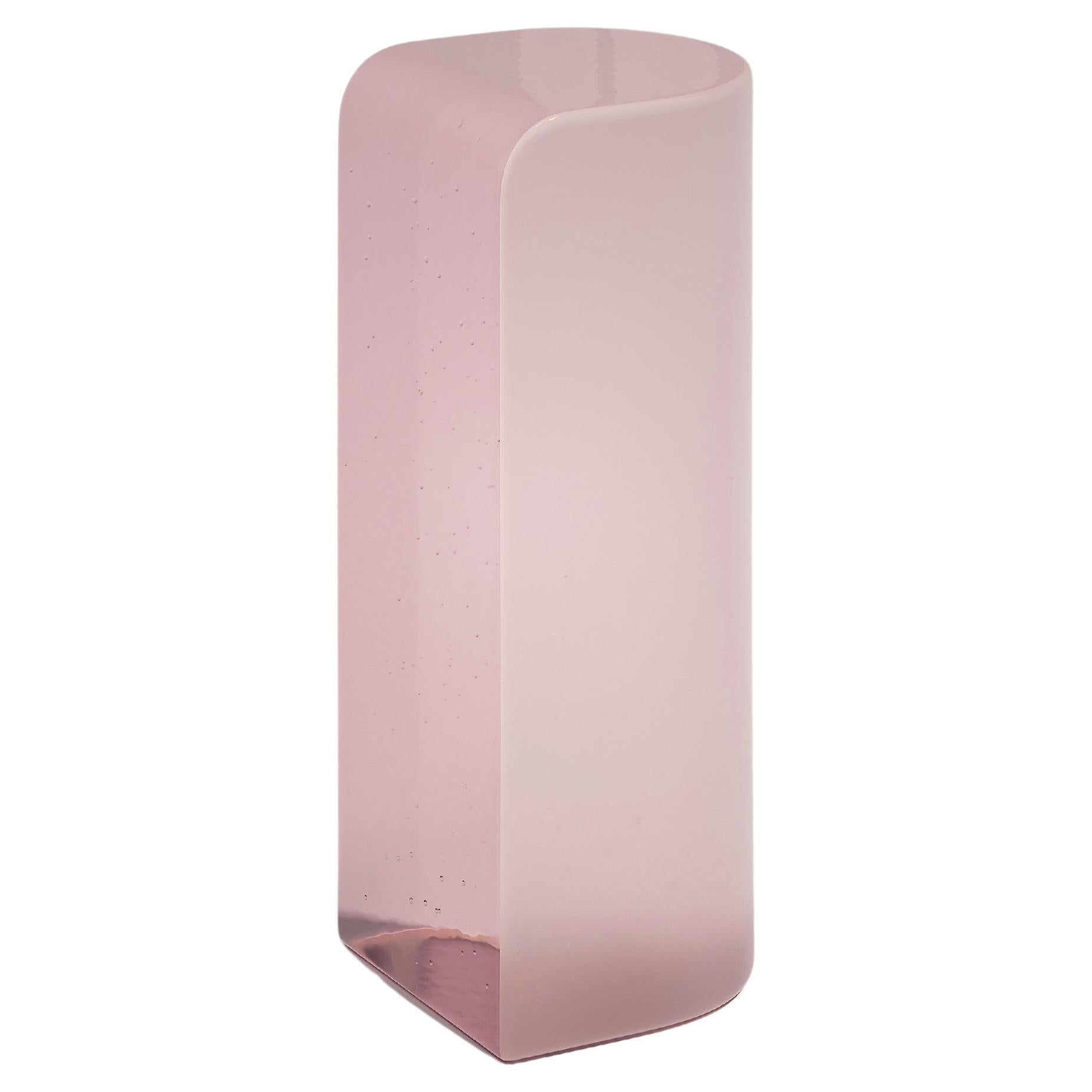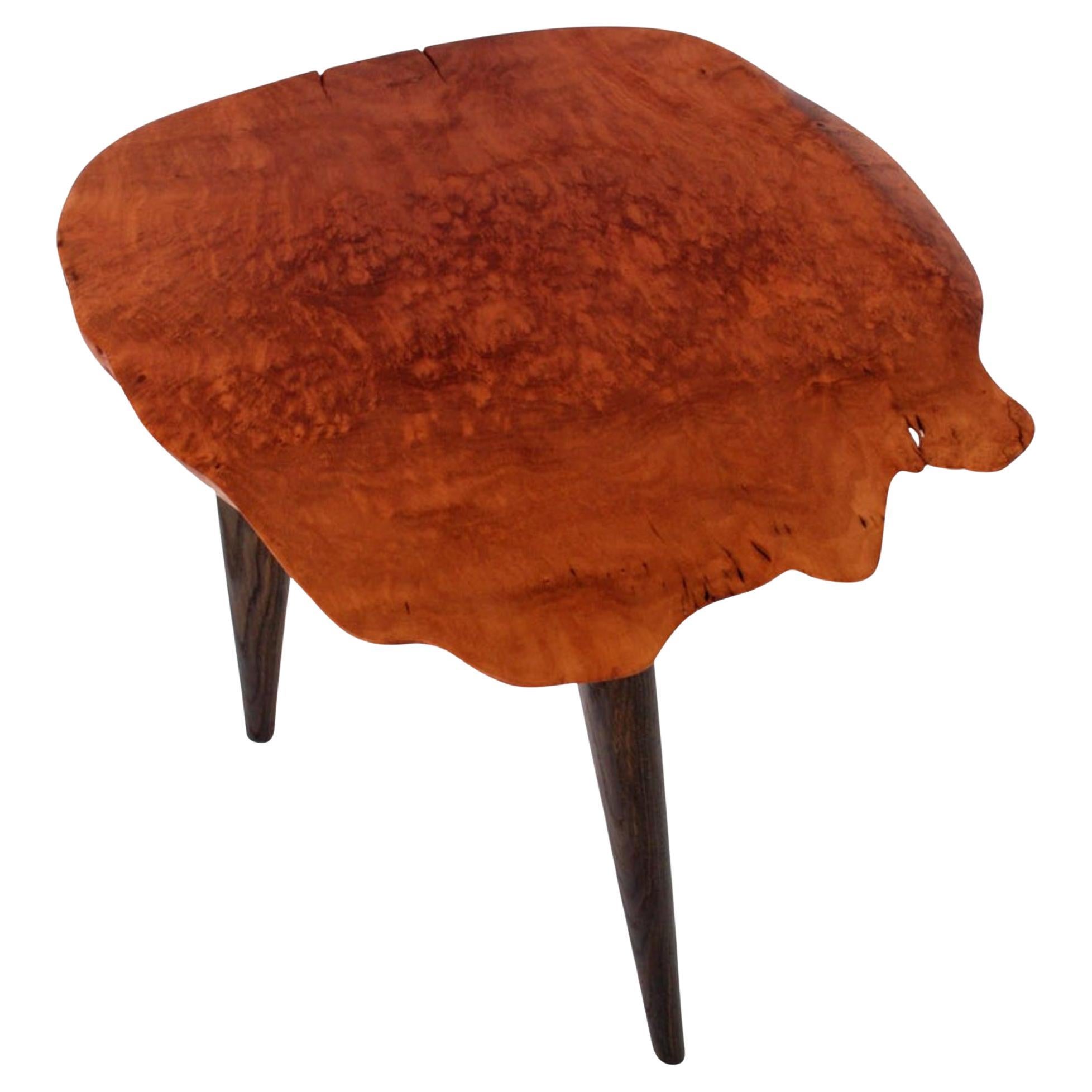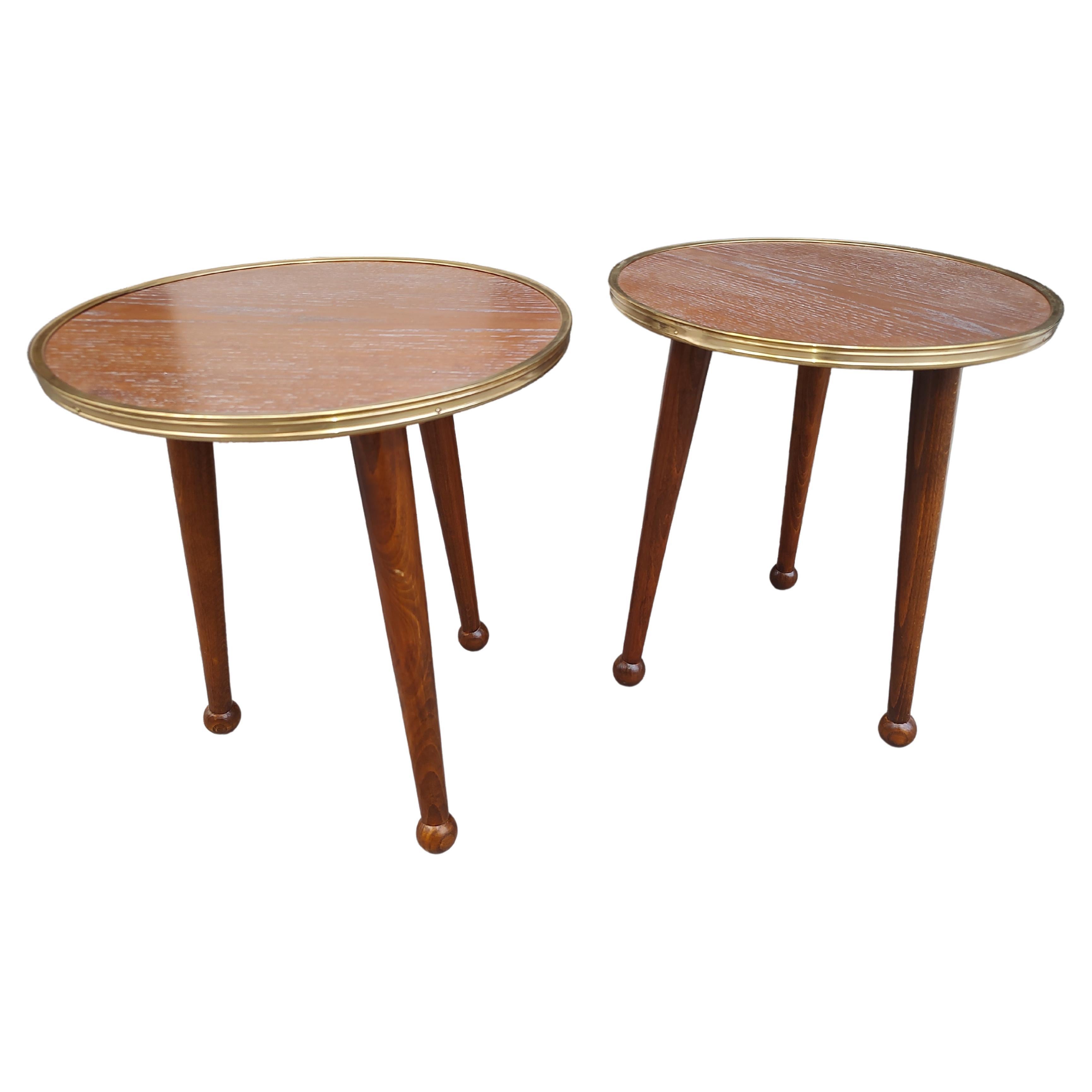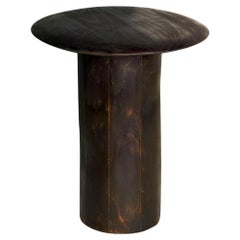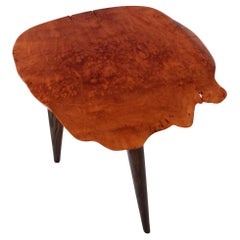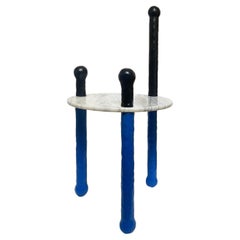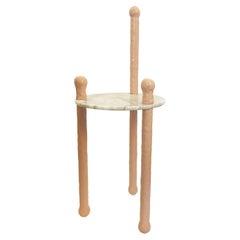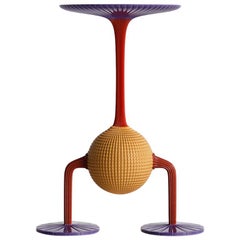
Sculptural Table by Taras Zheltyshev
View Similar Items
Want more images or videos?
Request additional images or videos from the seller
1 of 11
Sculptural Table by Taras Zheltyshev
About the Item
- Dimensions:Height: 25.6 in (65 cm)Width: 19.69 in (50 cm)Depth: 13.78 in (35 cm)
- Style:Organic Modern (Of the Period)
- Materials and Techniques:
- Place of Origin:
- Period:
- Date of Manufacture:2020
- Production Type:New & Custom(Current Production)
- Estimated Production Time:Available Now
- Condition:
- Seller Location:Geneve, CH
- Reference Number:1stDibs: LU1219218952612
Galerie Philia
Galerie Philia is an international contemporary sculptural design and art gallery representing emerging and established designers and artists. The gallery is the brainchild of two brothers who share a lifetime passion for art, literature and philosophy. Their distinct academic background sets them apart from their peers, as it sees them following a rhizomatic and transcultural approach in the way they select works. This involves combining elements from multiple cultures in what becomes a network of harmoniously interconnected roots, ultimately revealing the beauty of each unique creation. The gallery’s non-hierarchical curation sits apart from the ephemerality of trends and focuses instead on the true aesthetic quality of the piece – alluring and timeless. Unlike others, Galerie Philia does not focus on a single style – whether minimalist, organic or raw – but rather embraces heterogeneity. The Galerie Philia takes pride in discovering new talents, providing them with multiple international platforms to showcase their latest creations. As well as propelling the newest generation of 21st century collectible design, Galerie Philia also works with internationally known design artists. Galerie Philia has a strong international presence, with galleries in Geneva, New York and Singapore. In addition to their permanent spaces, the gallery organizes temporary group exhibitions and artists residencies in first-class locations around the world.
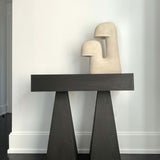
About the Seller
5.0
Diamond Seller
These expertly vetted sellers are 1stDibs' most experienced sellers and are rated highest by our customers.
Established in 2015
1stDibs seller since 2015
More From This SellerView All
- Sculptural Side Table by Dongwook ChoiLocated in Geneve, CHSculptural side table by Dongwook Choi Crest and Trough series Dimensions: W 42 x D 40 x H 45 cm Materials: Urethane coated EPS, Silver Coated There may...Category
2010s South Korean Post-Modern Side Tables
MaterialsSilver
- Dark Sculptural Side Table Pedestal, Albane SalmonBy Albane SalmonLocated in Geneve, CHDark sculptural side table pedestal - Albane Salmon Dimensions: 36.5 x 31 x 31 cm Sculpted, burnt and brushed beech One of a kind. Variations possible on demand Each part of t...Category
2010s European Modern Side Tables
MaterialsBeech
- Unique Signed Table by Jörg PietschmannBy Jörg PietschmannLocated in Geneve, CHUnique signed table by Jörg Pietschmann table · Sycamore, bog oak · T1295 Measures: H 47.5 W 58 x D 51 cm, tabletop 13 cm Solid piece of beautiful grained and coloured sycamore with ...Category
2010s German Organic Modern Side Tables
MaterialsSycamore
- Decomplexe, Marble Side Table Sculpted by Frederic SaulouBy Frederic SaulouLocated in Geneve, CHDecomplexe, Marble Side Table Sculpted by Frederic Saulou Limited Edition Materials: Ruivina Marble Dimensions: H 50 x D 38 cm. "While wandering in the streets I have been observi...Category
2010s French Organic Modern Side Tables
MaterialsStone
- "Decomplexe" Stone Side Table Sculpted by Frederic SaulouBy Frederic SaulouLocated in Geneve, CH"Décomplexé" stone side table sculpted by Frederic Saulou. Materials: Buffon stone. Dimensions: D 38 x H 50 cm, approximately 70 kg. "While wandering in the streets I have been observing buildings construction toward the sky and found myself eagerly interested in slate material and ornamental stones. I am wondering about post-Industrial heritage of local mineral material and widen the range of possibilities in creating functional objects for the house and in questioning history, material and its usual impact between art and design. Thus, I want to distort, democratize and increase the value of this material as a future heritage and above all as a food for thought. To bring traditional and Industrial know-how face to face for creative purposes, to reinterpret the material in formal and conceptual ways so as to provide it a new understanding." Frederic Saulou's sculpted design artworks introduce a series of work coming from researches and partnerships between local ateliers and designer, and implemented to another scale: That of the object and contemporary creation. Frédéric Saulou is a proeminent French contemporary designer. Born in 1989, Frédéric Saulou, lives and works in Rennes, in France. Graduated in space and environmental design at the Institut Supérieur des Arts Appliqués (LISAA) in 2011 and in object design at the Ecole Européenne Supérieure des Beaux Arts de Rennes (EESAB) in 2013, Frédéric will continue to perfect his experience within the Eric Gizard Associés agency and with the designer Frédéric Ruyant. In 2013, he founded the studio - Frédéric Saulou Design Studio - an independent and multidisciplinary design and consulting agency that sees design as a space for research and exchange that allows him to develop a sensitive approach to forms and materials. Experimentation and research take precedence over his work in order to think of new materials and new uses. This accompanies his daily approach so that each project is conceived as a sculpture in its own right, between simplicity and technicality. His approach guides him towards a global approach but also unique in his creations, thus creating particular interactions between the user and the object, between industrial craftsmanship. Today Frédéric works on various projects, from objects to space, in series or limited editions and collaborates with prestigious institutions and brands such as the publishing houses Ligne Roset, Drugeot Manufacture, Brossier Saderne, Vista Alegre, Esprit Porcelaine Limoges...Category
2010s French Organic Modern Side Tables
MaterialsStone
- Mother of Pearl Side Table by Marten and JoostBy Joost Dingemans, Marten van MiddelkoopLocated in Geneve, CHMother of pearl side table by Marten and Joost Sustainable design: Plastic waste into timeless design...? - Measures: L 40, W 40, H 43.5cm - Recycled polycarbonate - Limited edition of 10 - Signed and numbered - Design: Marten van Middelkoop and Joost Dingemans Plasticiet Plasticiet originated from an idea that was formed during a field trip in India where we saw various micro-economies popping up based on local demographic waste streams such as cotton clothes, plastic bottles and metal parts. All in their own unique way the craftsmen there were able to find their own unique translation of these waste materials into something functional and recognizable with added value. They then made these products available for other local industries resulting in personal revenue and providing means of production for other craftsmen, keeping both industries thriving on a small scale. When we were trying to find solutions for people’s and industry’s disposed of plastics, looking back at the idea we studied in India we knew that the outcome should not be a final product. Inspired by the primal beauty and longevity of natural stone we then aspired to create a sheet material that would inspire other creators to build objects that can last. To make a waste material appealable we underwent a thorough research on how to give these plastic products a distinct super-natural marbled or terrazzo appearance, for if the material isn’t beautiful it won’t sustain. For the past two years we have underwent some challengers working with recycled plastic. Each plastic has a different viscosity even when it’s of the same type. Besides that we often work with plastic that contain some sort of contamination. Hence we always need to test our material intensively before we are able to resell it as a sheet material. This hands-on approach allows for quite a bit of experimentation which gives way for us to broaden our knowledge. Manifesting this collection was about stretching the boundaries of our know-how, creating a craft with a highly industrialized material yet at the same time we wanted to show that plastic waste used as a raw material is able to stand out next to other high-end materials. Given that Plasticiet’s key inspiration always comes from natural stone and rock formations it was only logical to find inspiration in the Neolithicum - the last part of the Stone Age - where our predecessors used more primitive means to come about. The collection currently holds three pieces; a cabinet, stool and chair. Three basic yet essential pieces of furniture that everyone recognizes instantly. To create the marbled or pearlescent design we first melt the material, and then start kneading and mixing it when it’s still warm. The technique we use is very similar to taffy making for sugary candy canes. During this process the material is stretched and folded numerous times, aerating it. The tiny stretched air bubbles captured within the translucent plastic reflect light resulting in an iridescent glow resembling mother of pearl. Every part of the mother of pearl collection is individually moulded and when all the parts are completed they’re joined together. We can create much larger pieces than what the collection currently shows by playing with the composition and holding in mind that polycarbonate is an extremely tough material. Currently the largest single block we’ve made was around 15 kilograms, which is twice the size of the chair’s seat. At that weight it’s quite a tough job stretching and folding the material but we’re planning to go bigger still! Four hands are better than two, so 30kg should definitely be achievable. To source the material we partnered up with several Dutch companies such as LC Plastics, Suez and PRC. We often drive by to visit their shredding facilities to see what’s in stock. Other times we receive a call when a batch of plastic arrived that’s contaminated with leaves, water or a wrong plastic type mixed within; the regular plastic industry can often not deal with this because it will damage their machinery. Normally batches like this end up...Category
2010s Dutch Organic Modern Side Tables
MaterialsResin
You May Also Like
- Sculptural Brutalist Marble Side Table by Jonathan Christian, France.Located in Lille, FRSculptural Brutalist marble side table by Jonathan Christian.Category
2010s French Brutalist Gueridon
MaterialsMarble, Metal
- Sculptural Brutalist Marble Side Table by Jonathan Christian, France.Located in Lille, FRSculptural Brutalist marble side table by Jonathan Christian.Category
2010s French Brutalist Gueridon
MaterialsMarble, Metal
- Sculptural Postmodern Marble Side Table by Jonathan Christian, FranceLocated in Lille, FRSculptural Postmodern marble side table by Jonathan Christian.Category
2010s French Post-Modern Gueridon
MaterialsMarble, Metal
- Sculptural Postmodern Side Table by Jonathan Christian, Wood & Marble, FranceLocated in Lille, FRSculptural Postmodern side table by Jonathan Christian.Category
2010s French Post-Modern Gueridon
MaterialsCarrara Marble
- Sculptural Postmodern Side Table by Jonathan Christian, Wood & Marble, FranceLocated in Lille, FRSculptural Postmodern side table by Jonathan Christian.Category
2010s French Post-Modern Gueridon
MaterialsCarrara Marble
- Olaf Polished and Etched Cast Glass Sculptural Side Table by Fred&JuulBy Fred&JuulLocated in Fiesole, FlorenceA cast glass sculpture that serves as a side table. Polished and partially frosted, it evokes melting ice, urging awareness and action for a sustainable future. This listing is fo...Category
2010s Italian Modern Gueridon
MaterialsGlass, Murano Glass
Recently Viewed
View AllRead More
Galerie Philia Unveils Limited-Edition Designs at Giampiero Tagliaferri’s New L.A. Studio
For the exhibition “Materia Perpetua,” the gallery asked an international group of makers — including Tagliaferri — to explore the possibilities of a surprisingly versatile material: onyx.
Galerie Philia Doesn’t Just Discover Fresh Design Talent — It Grows It
With an impressive slate of international exhibitions, the Geneva-based gallery raises the profiles of emerging designers.
More Ways To Browse
A Wood
Vintage French Pedestal
Side Lamp Table With Drawer
Rectangular Side Tables Regency
Italian Tile Side Table
Art Deco Madagascar Tables
Mid Century Modern Side Tables Set
Mid Century Ash Side Table
Khaled El Mays
Flower Painted Flip Top Table
Art Nouveau Carved Table
Dark Wood Accent Table
1970s Glass Side Table
Pair Of Inlaid Tables
Deco Brass End Table
